Article by Víctor Cárdenes Van den Eynde
Humanity has used all types of rocks to erect all kinds of buildings since the Neolithic Revolution, when the first permanent settlements appear. Building was a vital necessity, and people used the rocks that were within easy reach, close to the settlements. Along the centuries, construction techniques were refined, giving birth to Architecture, the mixture of art and science that creates the human habitat. As early as the 1st century BC, Vitruvius describes architecture as the balance between three principles: Beauty, Firmness and Utility. This new concept of construction requires unique rocks with exceptional aesthetic attributes (Beauty), durable (Firmness), and can that be adapted to any shape that arise from the architect’s imagination (Utility). Only a few rocks are capable of satisfactorily meeting these requirements. These rocks are reserved for the most important works, those that will speak of the greatness of a civilization for centuries to come. They are rocks that have their own entity, which is transferred to buildings. One example is Carrara marble, which over the centuries has shaped some of the greatest works in the history of art and architecture.
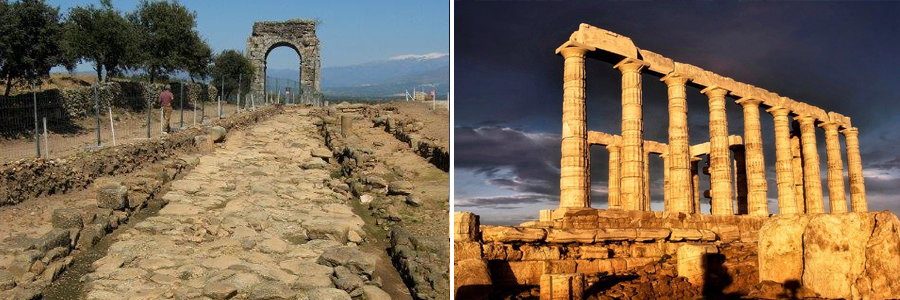
The need of protecting, classifying and preserving the Stone Heritage led to the creation in 2008 of the Global Heritage Stone Resource designation, granted by the Heritage Stone Sub-commission for (HSS), a part of the International Union of Geological Sciences (IUGS). One of the main tasks of the HSS is to evaluate the historical, patrimonial and technical aspects of the rocks that apply for this designation. To obtain it, it is necessary to demonstrate continued use over time, representativeness in the architectural heritage, and an imprint on society. These requirements are not far from the concepts listed by Vitruvius. So far, the HSS has approved the designation of 22 rocks as Global Heritage, among which are the aforementioned Carrara marble (Italy), Portland stone (United Kingdom), Petit Granite limestone (Belgium), Makrana marble (India), and the Lioz stone (Portugal).
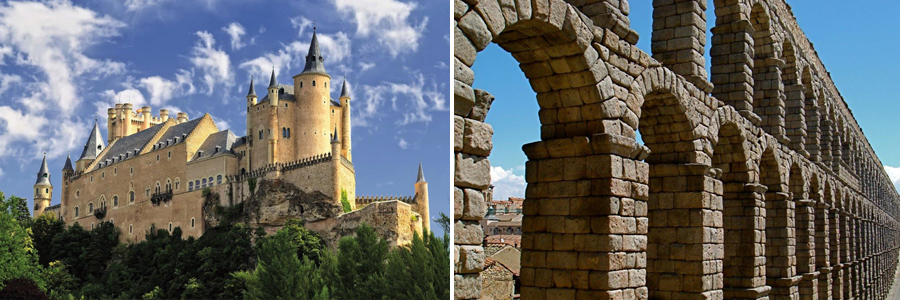
Formed in the Cambrian period, 550 million years ago, Bernardos slate, actually a phyllite, is a stone with unquestionable relevance from any standpoint, geological, historical, architectural, aesthetic or technical. If Spain is the main slate producing country in the world, Bernardos is the historical origin of the slate industry in Spain. The Bernardos phyllite quarries are the first recorded (16th century) in the Iberian Peninsula. They were opened by order of King Felipe II to provide the roofing phyllite for one of his most emblematic works: El Escorial Monastery. The social, economic and historical importance of this rock has been reflected in its use over the last five centuries. In recent years, several scientific and informative publications have documented and highlighted the history and legacy of the Bernardos phyllite (see bibliographic references).
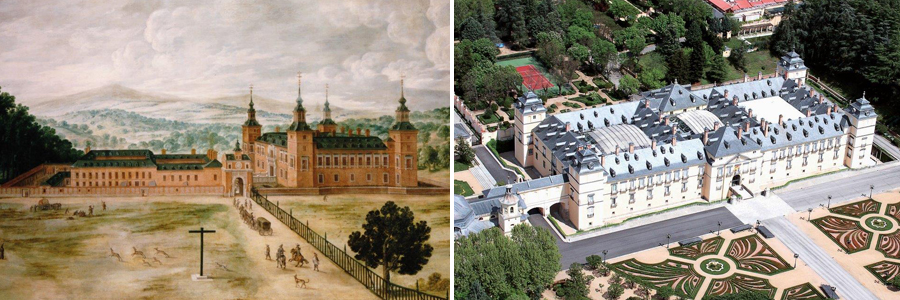
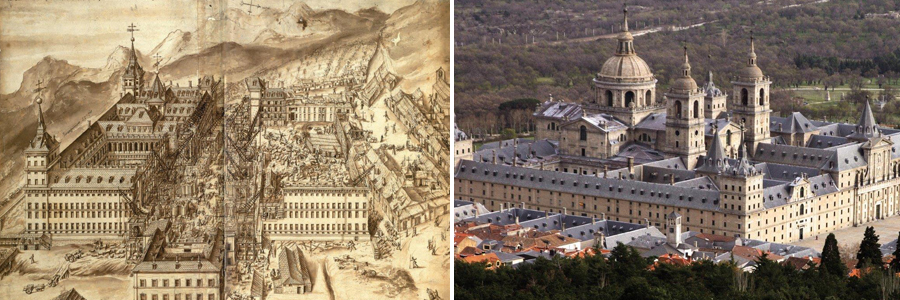
With these credentials, Bernardos phyllite constitutes a clear example of what a Global Heritage Stone is. In fact, the formal candidacy was presented in the middle of 2021. Currently, the HSS is reviewing the statutes and the appointment process, making it even more demanding and guaranteeing. Due to this review process, there have been no new appointments in the last year, but it is expected to return to activity shortly.
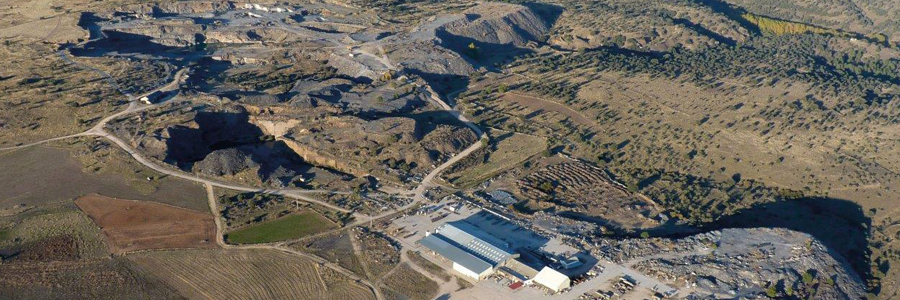
Publications and books on the Bernardos phyllite:
Bernardos-Sánz, J. U., & López-Mesones, F. (2017). Historical and architectural value of the slates of Bernardos: Naturpiedra.
Cano, J. L. (1991). Las cubiertas de pizarra en las obras reales de Felipe II y su tránsito al siglo XVII: Antecedentes de la Arquitectura Barroca Española. Boletin del Seminario de Estudios de Arte y Arqueologia, 57, 291-300.
Cárdenes, V., Cnudde, V., & Cnudde, J. P. (2015). Iberian roofing slate as a Global Heritage Stone Province Resource. Episodes, 38(2), 97-105. doi: 10.18814/epiiugs/2015/v38i2/005
Cárdenes, V., Ponce de León, M., Rodríguez, X. A., & Rubio-Ordoñez, A. (2019). Roofing Slate Industry in Spain: History, Geology, and Geoheritage. [journal article]. Geoheritage, 11(1), 19-34. doi: 10.1007/s12371-017-0263-y
Cárdenes, V., Rubio-Ordoñez, A., & Ruiz de Argandoña, V. G. (2021). Roofing Slate from Bernardos, Spain: A potential candidate for Global Heritage Stone. Episodes, 44(1), 3-9. doi: 10.18814/epiiugs/2020/0200s07
Ceballos-Escalera, A., & Ceballos-Escalera, L. (2010). Influencias del arte flamenco en España: El empizarrado. Las reales minas de pizarra de Bernardos y de Carbonero el Mayor, en tierras de Segovia. Anales del Cincuentenario, 1, 57-83.
Iglesias Ponce de León, M. (1995). L’ardoise en Espagne: Histoire et economie. Universite de Rennes 2, Rennes.
Lindoso Tato, E. (2015). La industria de la pizarra española en perspectiva histórica. Investigaciones de Historia Económica – Economic History Research, 11(1), 52-61. doi: 10.1016/j.ihe.2014.03.013
San Román Rodriguez, J. M. (2005). Los recursos mineros en Castilla y León: la industria de la pizarra Homenaje a Joaquín González Vecín. León: Universidad de León.
SIEMCALSA. (2002). Entorno de Bernardos (Segovia). Ordenación de la Minería de la Pizarra (Vol. 1, pp. 120).
Urbina-Alvarez, A. (2002). Hallazgo de dos pizarras con inscripción en el hábitat tardoantiguo del Cerro de la Virgen del Castillo (Bernardos, Segovia). Faventia, 24(1), 135-144.

Víctor Cárdenes Van den Eynde:
Since the beginning of my career, I have been working almost exclusively on roofing slates. I have published numerous studies and scientific articles in high impact journals, and managed projects on roofing slates for the European Union. The knowledge acquired along these years has allowed me to master all aspects (geology, economics, history, standards, etc.) concerning roofing slate. Now it is time to transfer all this knowledge to the roofing slate sector.